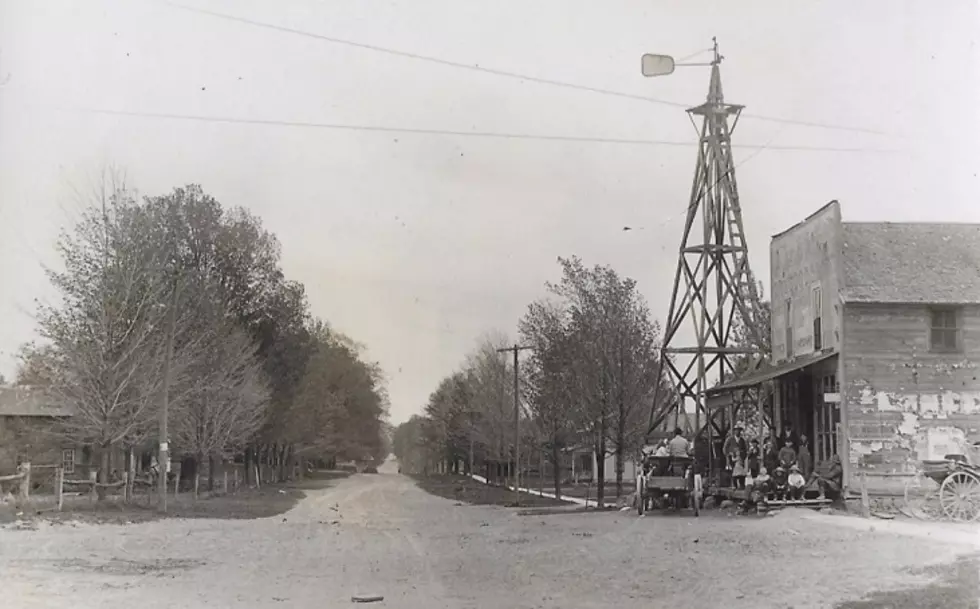
Virus Numbers Could be Erratic After Thanksgiving
The numbers from testing that have guided much of the United States response to this pandemic are expected to be erratic over the next week, as few get tested during the holiday weekend, and the testing sites observe shorter hours. What we may see are potential dips in reported infections. This can create a false perception that the spread is easing, when those numbers do not really give us a clue where we stand fighting this virus.
“I just hope that people don’t misinterpret the numbers and think that there wasn’t a major surge as a result of Thanksgiving, and then end up making Christmas and Hanukkah and other travel plans,” said Dr. Leana Wen, a professor at George Washington University and an emergency physician. A similar pattern unfolds on many weekends. Because some testing centers, labs and state offices are closed on Saturdays and Sundays, COVID case numbers often drop each Sunday and Monday, only to peak on Tuesday.
John Hopkins University said more than 2 million tests were performed before Thanksgiving as folks got ready to travel. But by the time we got to Thanksgiving Day that number had dropped to 1.2 million. In many states and cities, a sharp drop in testing was reported Friday. Even though testing was down, there was a trend of more people getting tested before travelling or attending Thanksgiving meals. Officials remind you that tests are often just a snapshot, not complete proof that someone has not been exposed to the virus.
Dr. Mark Rupp, professor, and chief of infectious diseases at the University of Nebraska Medical Center in Omaha, said the effect of Thanksgiving is likely to be a magnified version of the weekend figures. The Thursday holiday will exacerbate the record-keeping discrepancies over the long weekend, artificially depressing the reported numbers for four or five days before spiking as test results catch up.
Covid-19 is not going away anytime soon, but if we are persistent in following the guide lines, wearing a mask, social distancing, washing our hands and staying away from crowds, we can help flatten the curve.
Dr. Leana Wen says “Where we are now is a completely unsustainable place. I think it’s extremely frustrating to those of us in health care to see our calls are not being heeded, And the level of alarm that we have is not reflected in individuals’ behavior.”
Your actions going forward will dictate where the level of infection in our areas will go. Down is the direction we need, please follow the guidelines encouraged by health experts.

CHECK IT OUT: 10 Items Might Be in Short Supply This Winter
More From 1240 WJIM AM









